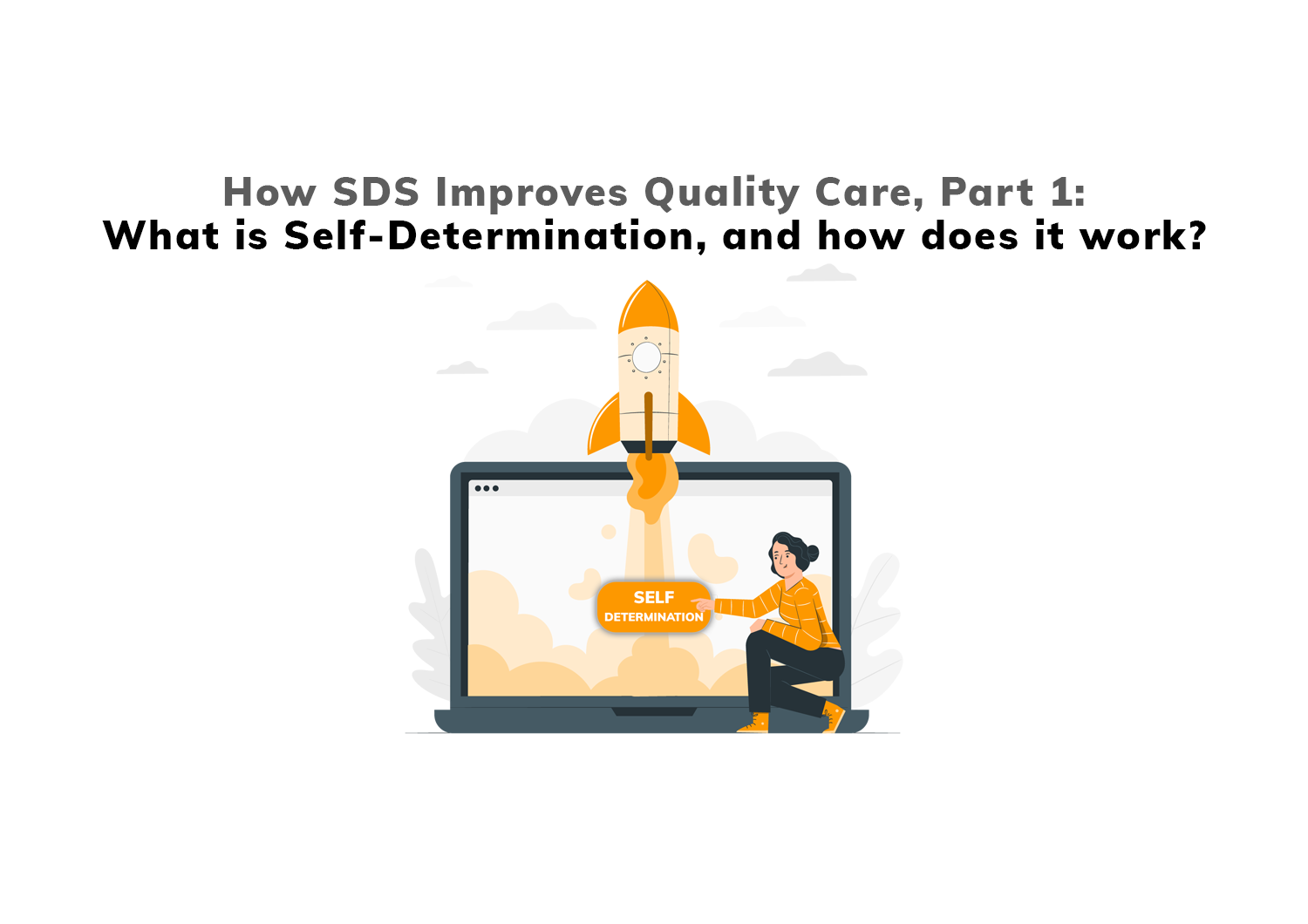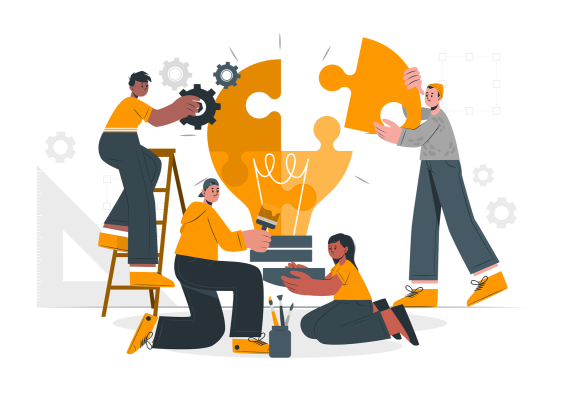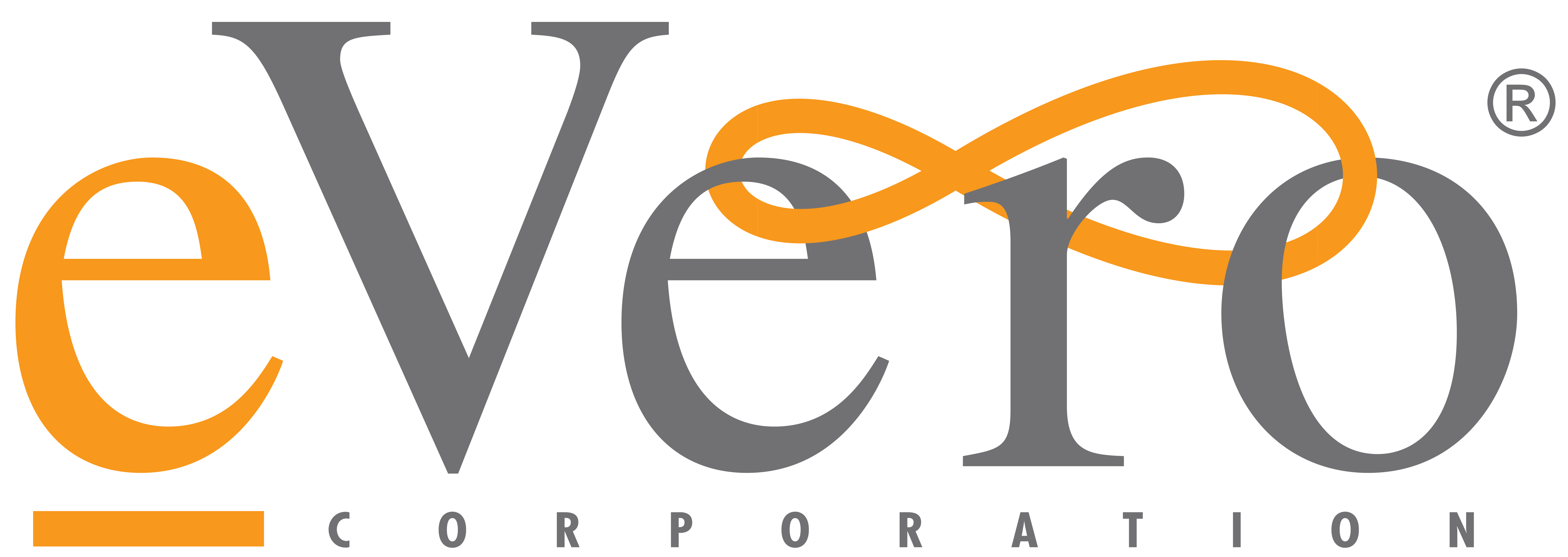
Part 1:
What is Self-Determination, and how does it work?
For individuals with I/DD, having access to managed care services is instrumental in allowing them to maintain quality of life in their own homes. Traditional Home and Community-Based Services (HCBS) waivers have typically accomplished this.
But the landscape is changing rapidly. Although helpful, one of the challenges of traditional HCBS waivers is that much of the decision-making is out of the hands of the person receiving the care.
The result?
More and more of those individuals are instead electing for Self-Determination services over the traditional managed care services. And that’s a trend that is poised to continue.
What is Self-Determination?
Self-Determination is a care delivery model that places the recipient in the driver’s seat of their own care. Self-Determination Services (often called “Self Direction” services, or SDS) gives them the ultimate choice of what care they receive, and how/when/from whom it’s delivered.
Its purpose is to empower the care recipient to have control over the decisions made about their care. This may be done themselves or through a representative of their choosing.
How Does Self-Determination Work? 
Self-Directed care services are managed by individual state Medicaid programs. And while Medicaid funding authority guidelines vary by state, the Centers for Medicare & Medicaid (CMS) requires each program to adhere to a set of common features.
-
Person-Centered Planning Process
CMS requires there be an assessment and personalized planning process completed to develop a person-centered plan. While it’s the state’s role to perform the assessment and determination of eligibility for self-determination care services, the planning process is directed by the participant. The participant can even elect a representative of their choice to assist with the planning process.
What’s the purpose of the planning process?
It’s to learn what the participant’s strengths, needs, and preferences are. And it’s to determine what their measurable goals are for their care. This planning process must also include a contingency plan. And this backup plan will ultimately be included as part of the person-centered service plan.
-
Personalized Service Plan
The end goal of the person-centered planning process is the creation of the person-centered service plan. This is a document that outlines the services and support that are to be provided.
This document serves as the centerpiece of the individual’s care as long as they are in the program.
-
Personalized Budget

During the person-centered planning process, an individualized Budget is developed. It’s tailor-made based on the individual’s preferences and needs, per the service plan. This budget represents the amount of funds that are controlled and directed by the individual.
Guidelines require the individual States to describe the method for calculating the dollar values of individual budgets based on reliable costs and amount of services used. States are also required to define a process for making adjustments to the budget when there are changes in participants’ service plan. Lastly, they’re required to have a process in place to evaluate participants’ spending in the program.
-
Support Systems
When Self-Determination is elected, the guidelines also require the States to provide or arrange for each individual to have a support broker/counselor/consultant. This person acts as a liaison between the program and the individual receiving care.
Their primary role is to determine potential personnel needs, find the resources to meet those needs, and find the services and supports to sustain individuals as they manage their own care.
The State is also required to provide the individual access to Financial Management Services (FMS). This is to help support them as they oversee their budget.
While individuals are free to perform any and all FMS tasks themselves, most prefer the FMS company performs these functions for them.
The role of FMS is to help individuals with the following:
• Understanding their billing and documentation responsibilities.
• Performing employer-related tasks (such as withholding and filing federal, state, local & unemployment taxes; buying workers’ compensation and/or other types of insurance; managing worker timesheets; managing employee benefits; and issuing paychecks)
• Buying approved goods/services.
• Overseeing individual budget spending.
• Discovering spending that is either over or under the budget.
Now that we have walked through what Self-Determination is and how it works, we can begin to envision many different ways in which its application can improve care services.
Visit back in a few days for our next installment: How Self-Determination Improves the Quality of I/DD Care Services — Part 2: Empowerment, Freedom, and Control.
Interested in learning more? Sign up for our Self-Determination newsletter:




